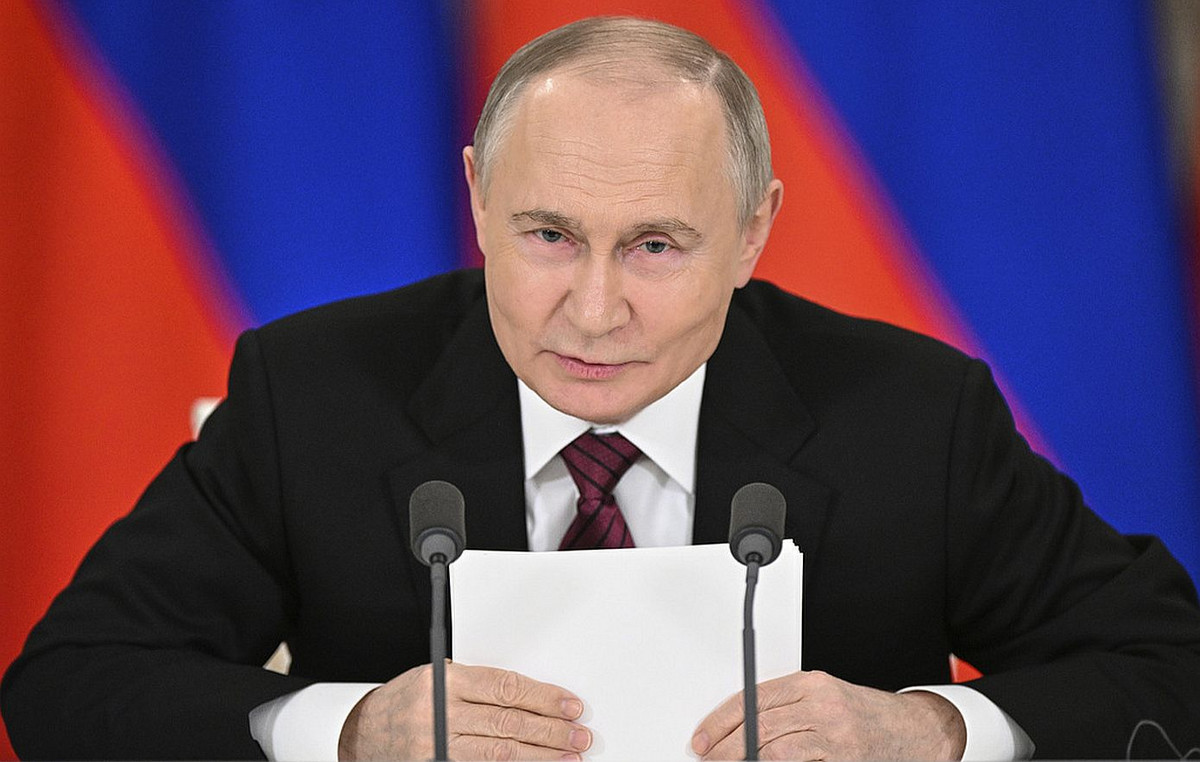Paper real estate funds have become an opportunity for investors seeking profitability amid instability and risk perception.
These funds are those that invest in fixed income assets, that is, debt securities that have their remuneration linked to a predefined rate. According to a survey by Teva Indices, these bonds yielded 4.5% between January and November 15th.
“This sector tends to pass on inflation in the short term because CRIs [Certificados de Recebíveis Imobiliários] they are indexed to the IPCA or normally to the IGP-M”, explains Gabriel Teixeira, real estate fund analyst at Ativa Investimentos. “And, therefore, it has become an opportunity in recent months.”
The IGP-M (General Price Index – Market) decelerated in November, remaining practically stable, with a slight increase of 0.02%, informed the FGV (Fundação Getulio Vargas). In the previous month, the increase had been 0.64%. The IPCA (Broad Consumer Price Index) was 1.25% in October compared to 1.16% in the previous month. In the year, the indicator accumulates high of 8.24% and, in 12 months, of 10.67%.
The basic interest rate had its sixth consecutive rise in October, at 7.75% per year. As a result, Brazil now has the highest real interest rate in the world, according to the ranking made by Infinity Asset Management.
“With Selic and inflation at high levels, debts are corrected at the same level, making the bonds even more profitable and interesting to investors”, says Amanda Coura, head of structured products at Suno Asset.
“In addition, most paper funds have monthly payments, making this corrected amount transferred in the form of profitability,” he said.
According to Teva Indices, paper funds were the only real estate securities to show a positive performance this year. The brick index, for example, a product that invests in properties that have already been built, dropped 15.2% over the same period.
“The premium of this market [de tijolos] it is more gradual, since the lease contract is updated annually, despite being normally indexed to the IGP-M”, says Teixeira. “In addition to that, this year, mainly, tenants had a greater margin of negotiation and high vacancy, which helps to keep incomes lower.”
Logistics funds, which invest in properties intended for rental, had a negative return of 15.8% between January 1st and November 15th.
Amanda says the drop is because these funds haven’t corrected their leases due to high inflation. “In addition, due to the pandemic scenario, many tenants gave discounts on the lease price and had vacancy [não locação] above normal, in addition to the fact that some tenants have terminated their contract due to the discontinuation of the business”, he says.
But, according to the specialist, Brazil has a very large e-commerce potential to be explored, and the logistic sheds are fundamental in this strategy. “So that, as long as the asset is well located and in good condition, it should appreciate and be used in the future, returning a good return,” says Amanda.
Between January 4th and November 26th, the IFIX, which consolidates all classes of real estate funds, dropped more than 11%. “However, the indicator performed better than the IBOV and the CDI in a period of 10 years”, also highlights the head of Suno. In the same period, the Ibovespa fell by more than 12%.
Levels below historic highs
The Teva study also points out that all seven indexes of real estate fund segments are at levels below the historical maximum. Until November 15, paper bonds were 2.3% lower than the historic high on May 6 (at 138.41 points).
Brick funds were 28.7% lower than the historic high of 144.82 points on January 6, 2020. And the logistics index fell 32.3% between the accumulated result for the first half of November and the historic high, on January 3, 2020 (153.50 points).
“Currently, market turmoil, rising interest rates and the perception of risk have made the performance of all classes of real estate funds worse than at the historical peak, given the market situation”, explains Amanda.
And this movement in the real estate market should remain in the first half of 2022, until there is a stabilization in the interest curve, believes the analyst at Ativa Investimentos.
*With information from João Pedro Malar, from CNN Brasil Business
Reference: CNN Brasil
I am Sophia william, author of World Stock Market. I have a degree in journalism from the University of Missouri and I have worked as a reporter for several news websites. I have a passion for writing and informing people about the latest news and events happening in the world. I strive to be accurate and unbiased in my reporting, and I hope to provide readers with valuable information that they can use to make informed decisions.







